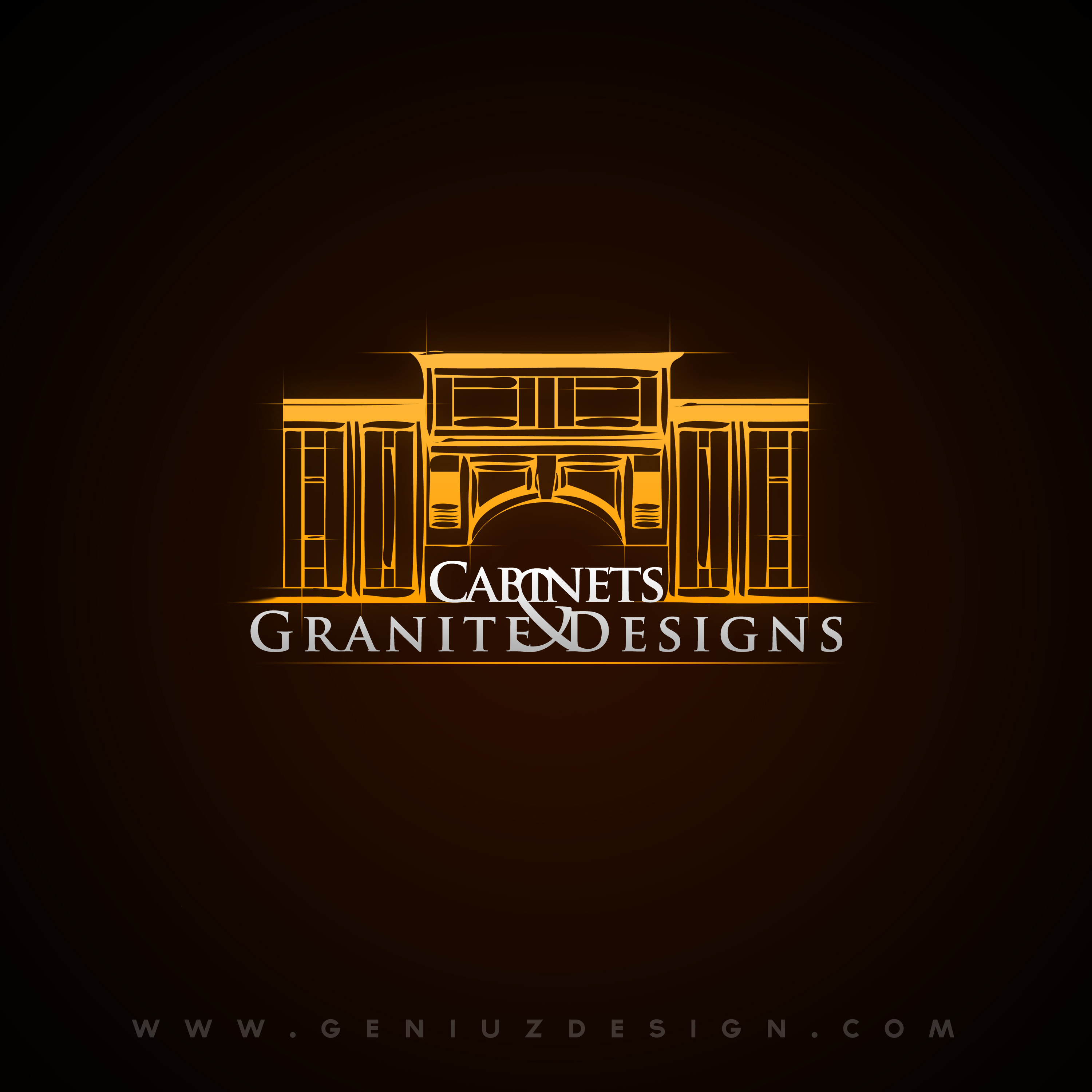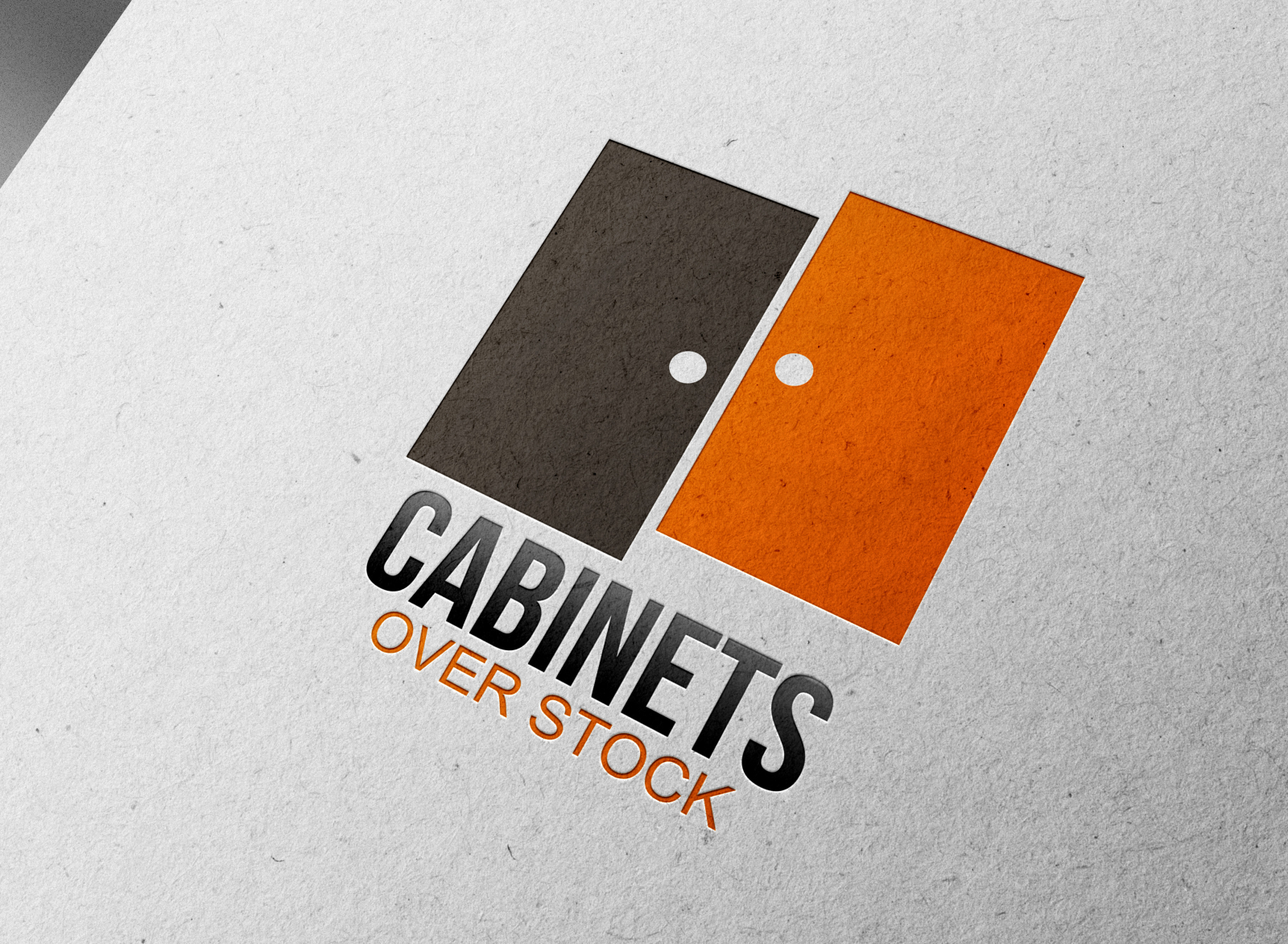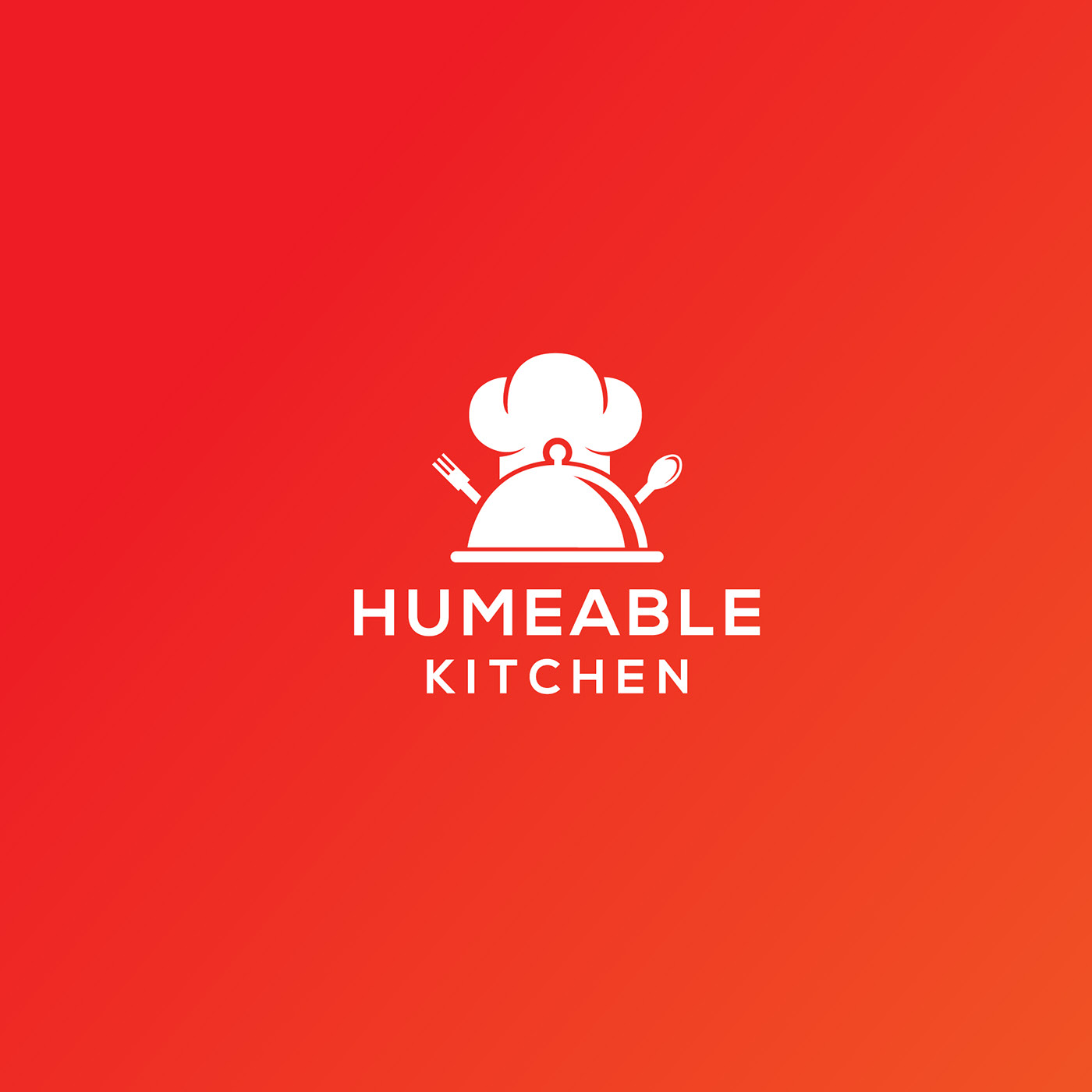Logo Design Styles for Kitchen Cabinets

The visual identity of a kitchen cabinet company is paramount in attracting customers. A well-designed logo communicates not only the brand name but also the style, quality, and target market. This exploration examines three distinct logo design styles—minimalist, vintage, and modern—and analyzes their effectiveness in conveying these crucial aspects. The choice of style profoundly impacts the perception of the brand, influencing consumer choices and brand loyalty.
Minimalist Kitchen Cabinet Logo Design
A minimalist logo prioritizes simplicity and clarity. For a kitchen cabinet company, this might involve a single, bold icon representing a cabinet door or drawer, perhaps subtly stylized. The color palette would be limited, perhaps using a single color or two complementary shades, such as a deep navy blue for sophistication or a warm, muted grey for a sense of understated elegance. The font should be clean and easily readable, possibly a sans-serif typeface like Helvetica or Open Sans. The overall effect should be one of refined elegance and effortless style. For example, a logo might feature a simple, geometric representation of a cabinet door in a deep navy blue, paired with a clean, sans-serif font in white for the company name.
Vintage Kitchen Cabinet Logo Design
A vintage logo evokes nostalgia and tradition. This style might incorporate ornate detailing, perhaps a stylized illustration of antique cabinet hardware or a wood grain texture. The color palette could include warm, earthy tones like browns, creams, and muted greens, possibly with a touch of gold or copper for a luxurious feel. A serif typeface, such as Garamond or Baskerville, would enhance the vintage aesthetic. The overall effect should suggest craftsmanship, durability, and a connection to time-honored techniques. For instance, a logo might depict a hand-drawn illustration of intricately carved cabinet doors, using a warm brown and cream color scheme and a classic serif font for the company name.
Modern Kitchen Cabinet Logo Design
A modern logo emphasizes clean lines, geometric shapes, and a contemporary aesthetic. This might involve a stylized representation of a cabinet, using bold geometric shapes and vibrant colors. The color palette could incorporate bright, bold colors or a sophisticated monochromatic scheme. A sans-serif typeface, such as Futura or Montserrat, would complement the modern feel. The overall effect should be one of innovation, sleekness, and contemporary design. An example might be a logo featuring a simplified, abstract representation of a cabinet in bright teal and white, paired with a bold, sans-serif font.
Comparison of Logo Styles
The following table compares and contrasts the three logo styles, highlighting their strengths and weaknesses for different target audiences:
| Style | Target Audience | Strengths | Weaknesses |
|---|---|---|---|
| Minimalist | Modern, sophisticated consumers; those seeking simplicity | Clean, memorable, versatile, adaptable to various media | May lack personality or distinctiveness; can appear too simple for some |
| Vintage | Consumers who appreciate traditional craftsmanship and quality; those seeking a sense of history | Evokes nostalgia, suggests quality and durability, creates a unique brand identity | May appear dated or old-fashioned to some; less adaptable to modern design trends |
| Modern | Trend-conscious consumers; those seeking innovation and contemporary design | Modern and stylish, reflects current design trends, projects an image of innovation | Can appear too trendy or fleeting; may not resonate with consumers who prefer classic styles |
Visual Elements Representing Quality, Craftsmanship, and Affordability
Visual elements play a crucial role in communicating brand values. To represent quality, images of high-quality materials (e.g., richly grained wood) or intricate detailing (e.g., precisely crafted joinery) can be used. Craftsmanship can be suggested through images of skilled hands working with wood or tools, or by incorporating textures that evoke the tactile experience of fine woodworking. Affordability can be communicated through clean, simple designs, avoiding overly ornate details or luxurious materials in the visual representation. A bright, cheerful color palette can also suggest value and approachability. For example, a logo featuring a close-up of beautifully grained wood paired with a simple, clean font can effectively convey both quality and affordability.
Exploring Color Palettes and Typography: Kitchen Cabinet Logo Design

The visual identity of a kitchen cabinet brand hinges on the careful selection of color palettes and typography. These elements, seemingly minor details, profoundly impact the perception of quality, style, and overall brand message, influencing consumer choices and establishing a distinct market position. The successful integration of color and typography creates a cohesive and memorable brand experience.
Color Palette Exploration
Three distinct color palettes, each evoking a different emotional response, are presented below. The careful selection of hues and their interplay are crucial for establishing a brand’s personality and appealing to its target audience.
- Palette 1: Classic Elegance (Sophistication and Timelessness): This palette utilizes a rich, deep navy (#002D62) as the base, complemented by a warm, creamy off-white (#F8F0E3) and accents of a lustrous gold (#B8860B). The navy evokes feelings of trust and stability, the off-white provides a sense of cleanliness and sophistication, while the gold adds a touch of luxury and warmth. This combination is suitable for brands targeting a high-end, traditional market.
- Palette 2: Modern Minimalism (Cleanliness and Simplicity): This palette focuses on a clean, modern aesthetic. It features a light gray (#D3D3D3) as the primary color, paired with a crisp white (#FFFFFF) and a subtle charcoal gray (#36454F) for accents. The light gray creates a feeling of spaciousness and calmness, the white emphasizes purity and simplicity, and the charcoal gray adds a touch of sophistication without overwhelming the overall lightness. This palette is ideal for brands aiming for a contemporary, minimalist appeal.
- Palette 3: Rustic Charm (Warmth and Natural Appeal): This palette embraces natural tones to create a sense of rustic charm. It uses a warm, medium brown (#A0522D) as the base, accented by a soft beige (#F5F5DC) and a deep forest green (#228B22). The brown evokes feelings of earthiness and reliability, the beige adds a touch of softness and warmth, and the green introduces a natural element, reminiscent of lush landscapes. This palette is perfect for brands aiming to convey a sense of handcrafted quality and connection to nature.
Serif and Sans-Serif Font Comparison
The choice between serif and sans-serif fonts significantly impacts the overall feel of a kitchen cabinet logo.
Kitchen cabinet logo design – Serif fonts, characterized by small decorative strokes at the ends of letters (e.g., Times New Roman, Garamond), often convey a sense of tradition, elegance, and sophistication. They are well-suited for brands aiming for a classic or luxurious image. However, they can appear less modern or less legible at smaller sizes.
Sans-serif fonts, lacking these decorative strokes (e.g., Arial, Helvetica), generally project a more modern, clean, and minimalist aesthetic. They are highly legible and often preferred for contemporary brands seeking a sleek and uncluttered look. However, they can sometimes lack the character and warmth associated with serif fonts.
Logo Design Example
The logo design below incorporates the “Modern Minimalism” palette and a sans-serif font.
The logo features a stylized, geometric representation of a kitchen cabinet door, rendered in the light gray (#D3D3D3) from the chosen palette. The cabinet door is subtly textured to add depth and visual interest, and it is positioned slightly off-center to create a dynamic and balanced composition. The brand name, written in a clean, modern sans-serif font such as Helvetica Neue, is placed below the cabinet door in crisp white (#FFFFFF). The charcoal gray (#36454F) is used sparingly for subtle outlining or as a secondary color for the brand name’s shadow or underlining. The overall effect is one of sleek simplicity, reflecting the modern minimalist aesthetic of the brand. The clean lines and simple geometry create a sense of order and sophistication, while the light gray palette ensures the logo remains visually uncluttered and easily recognizable. The chosen font’s readability and modern aesthetic complement the logo’s visual elements, enhancing the overall sense of clarity and sophistication.
Logo Application and Brand Consistency

Maintaining a consistent brand identity is paramount for any business, particularly in a visually-driven market like kitchen cabinetry. A well-designed logo, thoughtfully applied across all marketing channels, fosters brand recognition and builds customer trust. Inconsistent application, however, can dilute brand impact and confuse potential clients. The following explores the strategic application of a kitchen cabinet logo across various media.
The success of a logo hinges not only on its aesthetic appeal but also on its adaptability. A logo designed for a business card, for instance, may require adjustments for use on a website banner or social media profile picture. Maintaining visual consistency across these diverse platforms necessitates careful consideration of scale, color reproduction, and overall aesthetic impact. The goal is to ensure the logo remains recognizable and impactful regardless of its context.
Logo Mockups on Varied Backgrounds, Kitchen cabinet logo design
The effectiveness of a logo is significantly influenced by its background. A logo that appears crisp and clear against one backdrop may become muddled or indistinct against another. The following mockups illustrate this principle, showcasing how background selection can dramatically impact visual appeal and brand perception.
- Mockup 1: Logo on a Light Oak Wood Background. The logo, featuring a stylized image of a kitchen drawer pull and a sophisticated serif typeface, is presented on a light oak wood grain background. The warm tones of the wood complement the logo’s color palette, creating a sense of natural elegance and craftsmanship. The logo remains highly visible and easily readable.
- Mockup 2: Logo on a Carrara Marble Background. The same logo is now set against a high-resolution image of Carrara marble. The cool, neutral tones of the marble provide a striking contrast to the logo, highlighting its details and creating a feeling of luxury and sophistication. The logo maintains its clarity and impact.
- Mockup 3: Logo on a Pure White Background. This mockup showcases the logo against a clean, white background. The simplicity of the background allows the logo’s design elements to take center stage. The logo’s colors are vibrant and the typography is crisp and legible. This is a versatile option suitable for various applications.
Logo Application Across Marketing Materials
Strategic logo placement is crucial for effective brand communication. The logo’s size, position, and surrounding elements must be carefully considered for each application to maintain consistency and impact.
- Business Cards: The logo should be prominently featured, ideally centered or subtly offset, with sufficient space around it to avoid clutter. The logo’s size should be appropriate for the card’s dimensions, ensuring legibility and visual appeal.
- Website: The logo should be prominently displayed in the website header, usually in the upper left-hand corner. It should be easily identifiable and link back to the homepage. Different sizes and variations of the logo might be needed for various sections of the website, maintaining consistent styling.
- Social Media: The logo needs adaptation for different social media platforms, adhering to each platform’s image size requirements. Profile pictures often require a square or circular format, while cover images need a wider aspect ratio. Color consistency is vital to maintain brand recognition across platforms.
Rewritten Article on Kitchen Cabinet Logo Design
(Please provide the article to be rewritten here.)
